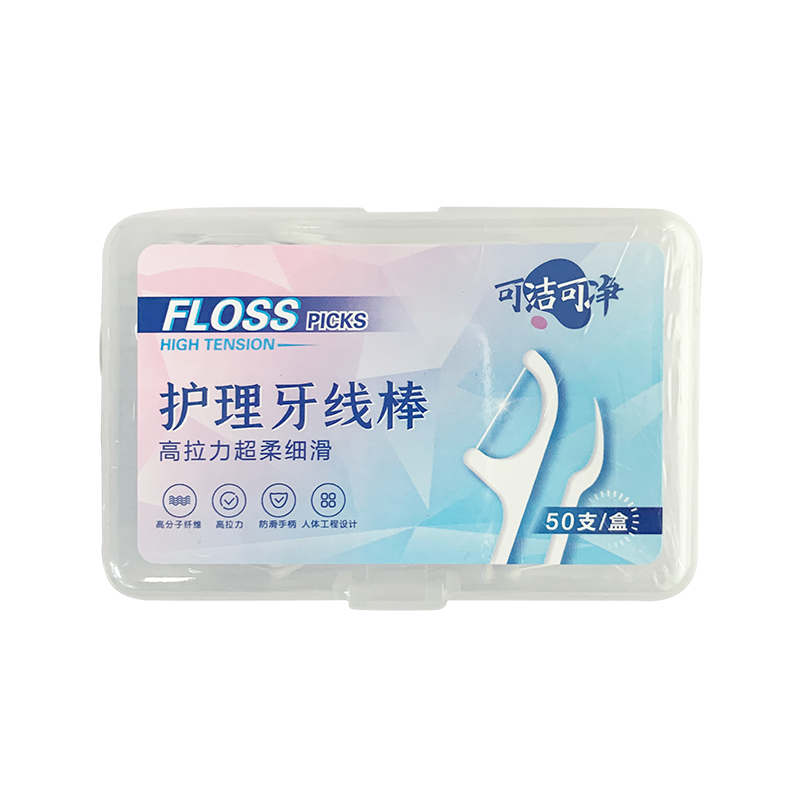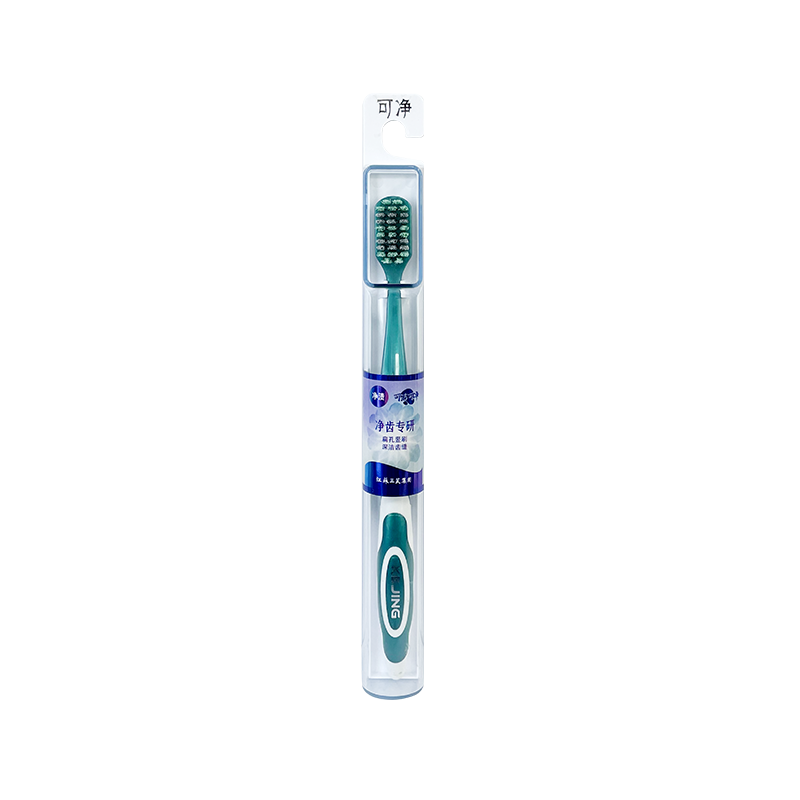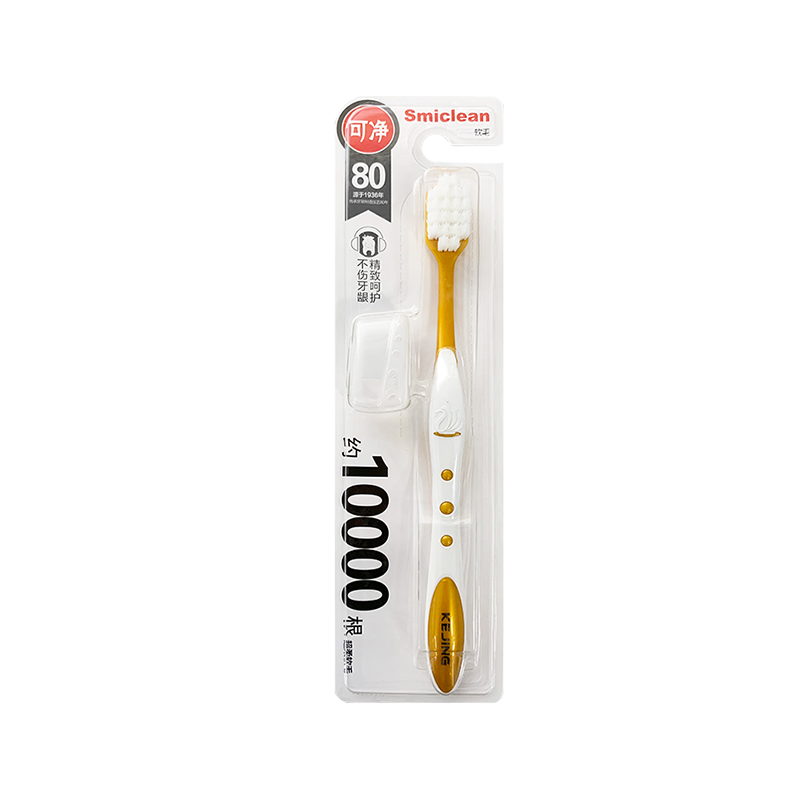How Often Should Dental Floss Picks Be Used for Optimal Dental Health?
Maintaining optimal oral hygiene is essential not only for preventing cavities and gum disease but also for supporting overall health. One of the most effective tools for maintaining dental health is the dental floss pick—a convenient, easy-to-use device that combines a small length of floss with a handle for enhanced maneuverability. While brushing is essential for removing plaque from tooth surfaces, flossing is critical for cleaning the interdental spaces and beneath the gumline, areas that toothbrushes cannot effectively reach. Understanding how often dental floss picks should be used is key to maximizing their benefits and ensuring long-term oral health.
1. Understanding Dental Floss Picks
Dental floss picks are small, plastic-handled tools with a taut strand of dental floss stretched between two prongs. Some designs also include a small pointed end or pick for dislodging food particles. Their primary function is to remove plaque, food debris, and bacteria from spaces between teeth and along the gumline.
Advantages of Dental Floss Picks Include:
- Ease of Use: Especially for children, elderly individuals, or those with limited dexterity.
- Portability: Compact and disposable, making them ideal for travel or on-the-go hygiene.
- Precision: The handle provides better control than traditional string floss for many users.
- Dual Functionality: Many picks feature both flossing strands and pointed tips to clean tight spaces.
Despite these benefits, dental floss picks are most effective when used correctly and regularly.
2. Why Flossing Frequency Matters
The human mouth harbors millions of bacteria. Plaque—a sticky biofilm of bacteria—forms continuously on tooth surfaces. If plaque is not removed promptly, it can harden into tartar, leading to gum disease, cavities, and bad breath.
Key Reasons Flossing Frequency Is Important:
- Preventing Plaque Accumulation: Daily removal of plaque reduces the risk of gingivitis and periodontitis.
- Protecting Gum Health: Regular flossing stimulates the gums and prevents inflammation.
- Reducing Cavities: Flossing removes food particles that can feed bacteria between teeth, reducing the risk of interdental cavities.
- Supporting Overall Health: Poor oral hygiene has been linked to heart disease, diabetes, and respiratory infections, making regular flossing crucial for systemic health.
3. Recommended Flossing Frequency
3.1. Daily Flossing Is Ideal
Most dental professionals, including the American Dental Association (ADA), recommend flossing once per day. Daily flossing ensures that plaque does not accumulate between teeth, where toothbrushes cannot reach. While it may be tempting to floss less frequently, skipping days allows bacteria to proliferate, increasing the risk of gum disease and cavities.
Tips for Effective Daily Use:
- Floss at the same time each day to build a routine. Many people choose before bedtime, after brushing, to remove food debris accumulated throughout the day.
- Use gentle, controlled motions to slide the floss between teeth, avoiding snapping or forcing it, which can damage gums.
- Curve the floss around the tooth in a “C” shape to maximize contact with the gumline.
3.2. Twice Daily Flossing for High-Risk Individuals
Some individuals may benefit from flossing twice a day, particularly those with:
- Tight Interdental Spaces: People with closely spaced teeth may trap more food and plaque.
- Orthodontic Appliances: Braces, bridges, and retainers can increase the risk of plaque buildup.
- Gum Disease or History of Cavities: Individuals with a history of periodontal issues may require extra care.
- High Sugar Diets: Frequent consumption of sugary foods increases bacterial growth, necessitating more frequent flossing.
Twice-daily flossing may provide an extra layer of protection, but care must be taken to avoid gum irritation or injury from overzealous flossing.

4. Proper Flossing Technique With Dental Floss Picks
Frequency alone is not enough—proper technique ensures effectiveness and minimizes gum trauma:
- Hold the Pick Correctly: Grip the handle comfortably, ensuring control as you guide the floss between teeth.
- Slide Gently Between Teeth: Avoid snapping or forcing the floss. Move it in a gentle back-and-forth motion.
- Curve Around the Tooth: Form a “C” shape to clean beneath the gumline and remove plaque.
- Move to a Clean Section: For traditional string floss, a new section should be used for each tooth. With floss picks, replace the pick if it becomes frayed or dirty.
- Use the Pick Tip: Many picks feature a pointed end to remove lodged food particles safely.
Tip: Flossing should take at least 2–3 minutes to ensure all interdental spaces are cleaned effectively.
5. Age and Lifestyle Considerations
Flossing frequency can vary depending on age, dexterity, and lifestyle factors:
- Children: Begin flossing when two teeth touch. Parents should supervise or assist until children can perform the technique effectively. Daily flossing is recommended.
- Adults: Daily flossing remains essential. Individuals with braces, implants, or bridges may require special flossing tools or extra care.
- Elderly: Reduced dexterity may make floss picks or water flossers more practical. Daily flossing helps prevent gum recession and tooth loss.
Lifestyle factors, including diet, smoking, and oral hygiene habits, also influence the recommended frequency. People consuming high-sugar foods or drinks should be diligent with daily flossing.
6. Common Flossing Mistakes and How to Avoid Them
Even with proper frequency, mistakes can reduce effectiveness:
- Skipping Teeth: Each interdental space must be cleaned to prevent plaque accumulation.
- Rushing: Flossing too quickly reduces contact with the gumline, limiting plaque removal.
- Using the Same Floss Section: Dirty or frayed floss spreads bacteria rather than removing it. Floss picks reduce this problem but should be replaced regularly.
- Ignoring the Gumline: Only cleaning between teeth is insufficient; the gumline is a common site for plaque buildup.
- Forcing the Floss: This can cause bleeding, pain, and gum recession. Use gentle motions.
By addressing these mistakes, individuals can maximize the benefits of daily flossing.
7. Supplementing Flossing With Other Oral Hygiene Practices
While flossing is crucial, it works best in conjunction with other oral hygiene habits:
- Brushing Twice Daily: Use a soft-bristled toothbrush and fluoride toothpaste.
- Mouthwash: Antiseptic or fluoride mouth rinses can reduce bacterial load.
- Regular Dental Visits: Professional cleanings remove tartar and detect early signs of gum disease.
- Diet Management: Limiting sugary snacks and beverages reduces plaque formation.
Dental floss picks complement these practices, ensuring comprehensive oral care.
8. Environmental and Practical Considerations
Dental floss picks are convenient but usually single-use and plastic, contributing to environmental waste. Alternatives and considerations include:
- Biodegradable Floss Picks: Made from plant-based plastics or bamboo, offering similar hygiene benefits with less environmental impact.
- Reusable Handles With Replaceable Floss: Reduces plastic waste while maintaining convenience.
- Proper Disposal: Dispose of used floss picks responsibly to prevent environmental contamination.
Balancing hygiene needs with environmental responsibility is increasingly important in oral care.
9. Conclusion
Dental floss picks are a practical, effective tool for maintaining interdental hygiene. The recommended frequency for optimal dental health is at least once per day, preferably in the evening after brushing. Certain high-risk groups—such as individuals with braces, tightly spaced teeth, or a history of gum disease—may benefit from twice-daily use.
Proper technique is essential: gently guide the floss between teeth, curve it around the tooth, and clean along the gumline. Avoid common mistakes such as rushing, skipping teeth, or reusing dirty floss. When combined with regular brushing, mouth rinses, and professional dental visits, daily flossing with dental floss picks can significantly reduce plaque buildup, prevent cavities, and maintain healthy gums.
Ultimately, consistency, correct technique, and mindful integration into a broader oral hygiene routine are more important than occasional overuse. By committing to daily flossing, individuals can enjoy a lifetime of strong teeth, healthy gums, and a confident smile.
 English
English русский
русский Español
Español




